
PHENOTYPING
From animal subject to biological sample:
Recording and analysis of physiological variables
Expertise
Our teams are made up of engineers with expertise in laboratory animal phenotyping and veterinary doctor specialists who have graduated from the European College of Veterinary Clinical Pathology (ECVCP)
Specificity
In vivo
Energy metabolism, body composition, cardiovascular exploration (maintaining the SPF health status of animals)
Ex-vivo
Biochemistry, cytology, hematology, hemostasis, histology
From services to R&D
Depending on your request, our teams can work in service delivery (by conducting analyses or experiments or making equipment available), take charge of part of your projects, or offer you an R&D collaboration
EQUIPMENT & SERVICES
We offer a range of services for studying energy metabolism and cardiovascular function. Our staff has all of the necessary regulatory approvals to work with your animals.
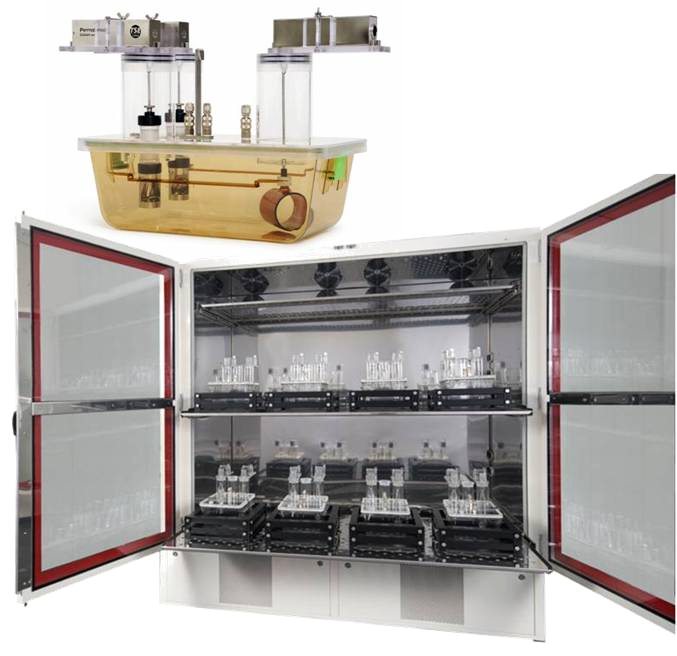
In vivo metabolic assessment
The PhenoMaster System (TSE Systems) makes it possible to evaluate, using indirect calorimetry, the animal's energy expenditure as well as metabolized substrates in real time, via the simultaneous measurement of:
- O2consumption and CO2 production
- Food and water intake
- Spontaneous locomotor activity
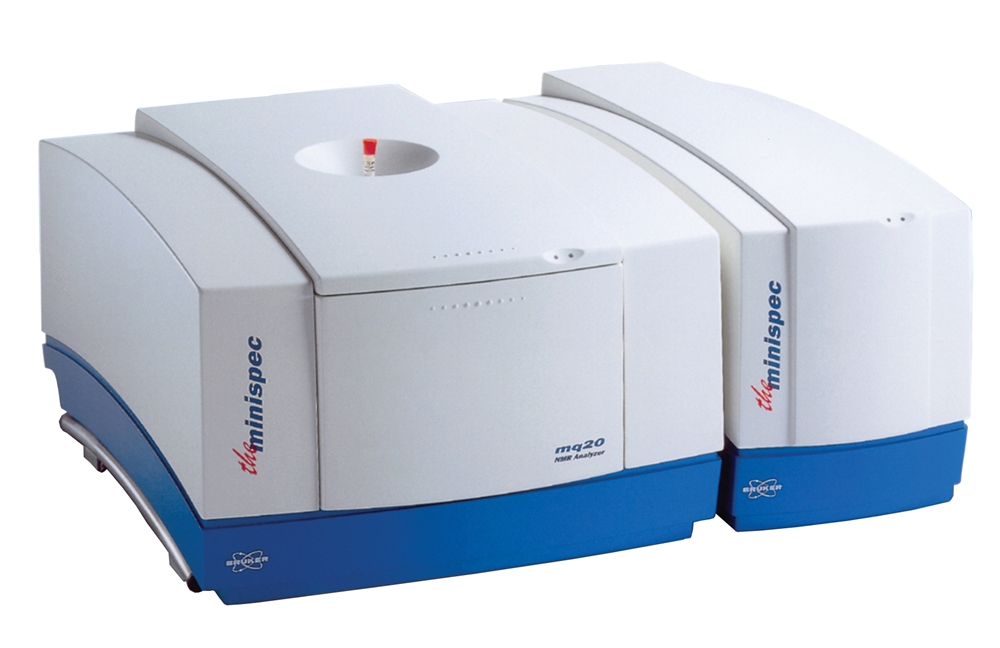
Measurement of body composition
The Minispec (Bruker) is an NMR body composition analysis system. Data is obtained in 2 minutes on awake mice (fat mass, lean mass and body fluids).
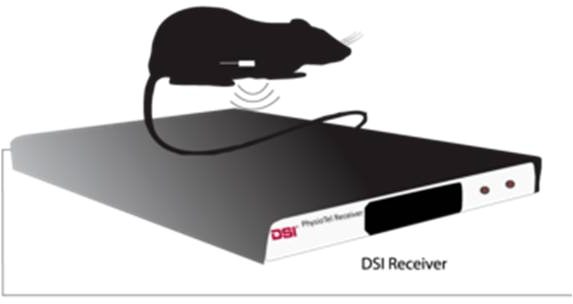
Recording blood pressure (BP) and ECG
The telemetry system (DSI) records different physiological variables (BP, ECG, activity, and temperature in °C, depending on the implant used in the animal) without any immobilization.
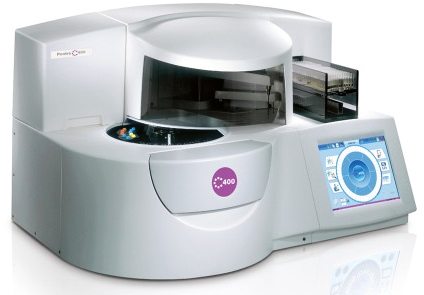
Biochemistry
The Pentra 400 (HORIBA Medical) is designed for the biochemical quantification of enzymes, substrates and specific proteins. The necessary volumes have been specially adapted to meet the needs of researchers working on rodents.

Treadmill exercise
The 2 treadmills (TSE Systems) allow a total of 8 mice to run simultaneously, from 0 to 150 cm/sec on an inclined plane at -20° to +20° (depending on the needs).
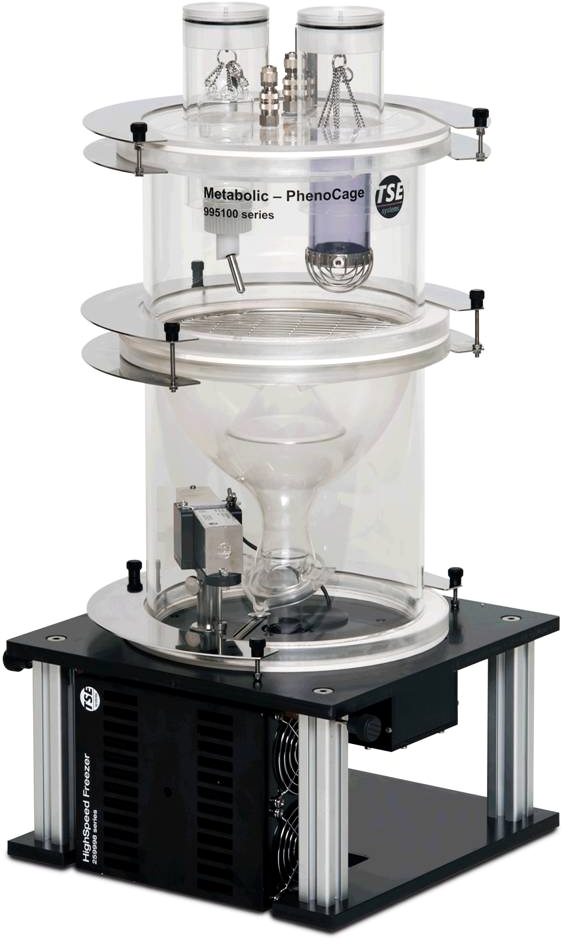
Collection and weighing of urine and feces
Metabolic cages (TSE Systems) can be used to separately measure and collect urine and feces produced over a 24- to 72-hour period. The urine is immediately refrigerated to improve the quality of subsequent urinary quantification.

Additional experiments by request
These experiments (treatments and injections, sample taking, glucose tolerance tests, simple surgeries, etc.) are to be discussed between the user and the department in order to determine what is possible, in accordance with the capabilities and skills of the department.
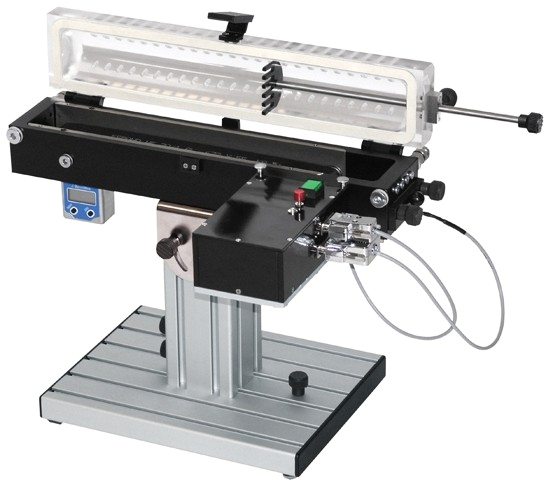
In vivo metabolic assessment during exercise
CaloTreadmills (TSE Systems) allow measuring gas exchange during a running exercise, from 0 to 150 cm/sec on an inclined plane at -20° to +20° (depending on the needs).
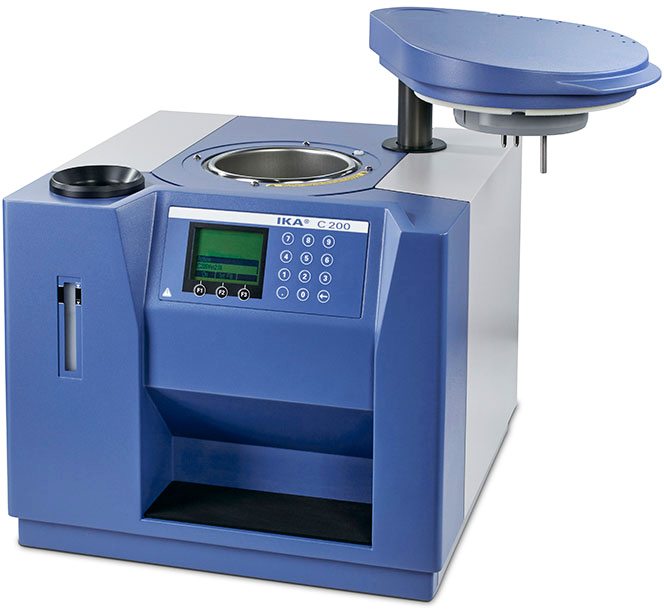
Measurement of energy remaining in feces
The C 200 Calorimeter (IKA) burns samples under high oxygen pressure and determines the energy contained in them. The energy not absorbed by an animal is determined by the energy remaining in its feces.

Multiparametric analyses
The MAGPIX® (Luminex) allows the determination of several analytes simultaneously on various biological fluids (multiplexing) with the xMAP technology.

Hematology
The Micros 60 (HORIBA Medical) is used to determine the complete blood count (CBC) from human samples.

Cytology
Cytological analysis of smear tests (myelogram, organ punctures, effusions, bronchoalveolar lavage fluid, synovial fluid, etc.).

Blood and urine biochemistry
Vitros 350 (Ortho Clinical Diagnostics). This automated system analyzes the principal biochemical variables. The quantifications can be performed on heparinized plasma or serum (except for urinary potassium and sodium).
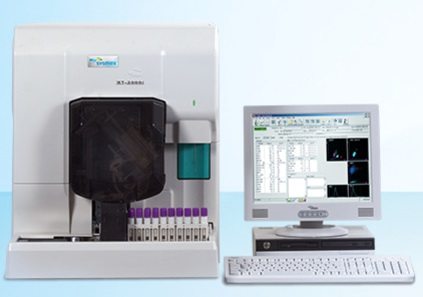
Hématology
XT-2000iV (Sysmex) - A veterinary hematology analyzer that combines the variation in impedance with flow cytometry. The method has been validated in laboratory rodents, domestic carnivores and non-human primates. The analyses are performed on whole blood collected on an EDTA anticoagulant. The realization and analysis of a micro-hematocrit and/or a blood smear can be added to the hemogram.
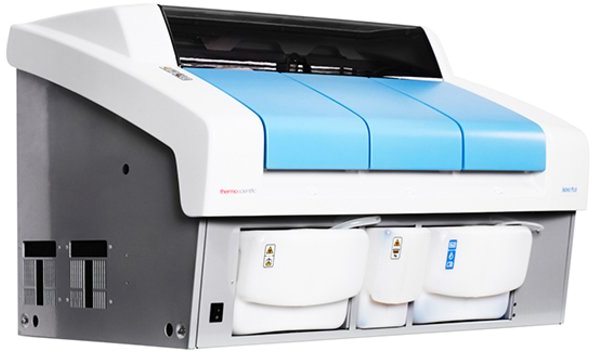
CSF and urine biochemistry
The Indiko apparatus (Thermo Fisher Scientific) is used to analyze cerebrospinal fluid proteins, urinary creatinine, and urinary proteins. The quantifications can be performed on dry tubes.
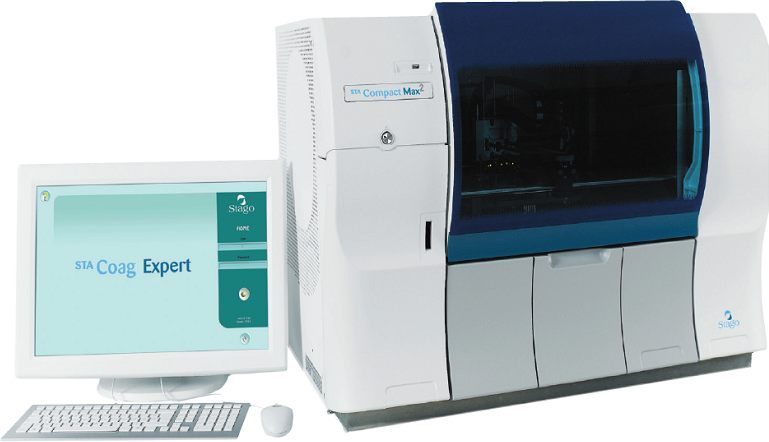
Hemostasis
STA Compact Max (Stago) - Analyses are performed on citrated plasma.
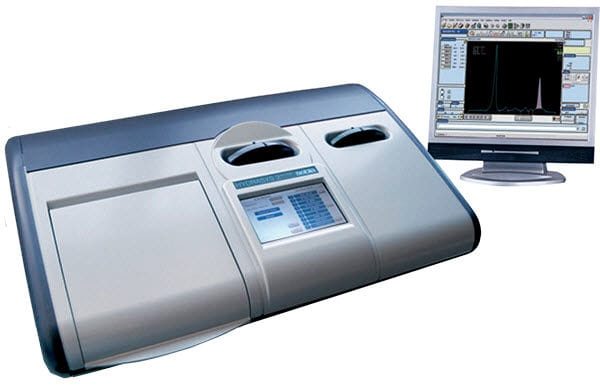
Electrophoresis of serum and urinary proteins
HYDRASYS 2 (Sebia) - The electrophoresis of serum proteins is performed on serum and collected in a dry tube. The electrophoresis of urinary proteins is performed on urine collected in a dry tube/Eppendorf tube.
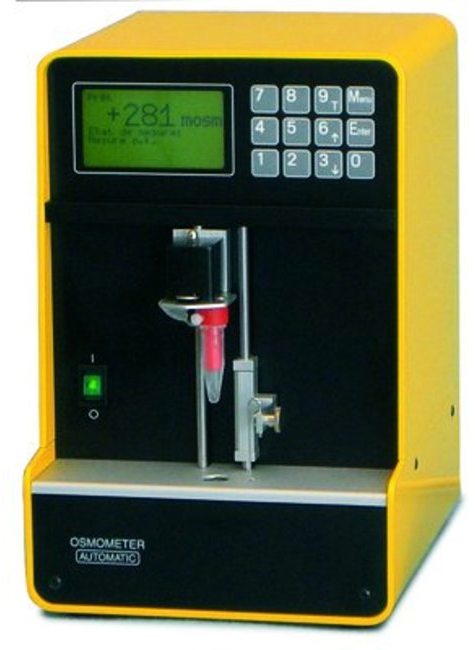
Measurement of osmolarity (or osmolality)
Osmometer (Löser): The osmolality of plasma or urine is determined from a fresh sample on a dry tube.
RESEARCH & DEVELOPMENT
R&D, through scientific collaborations established with researchers and engineers, that guarantees you a high level of expertise.
Toulouse Rangueil site
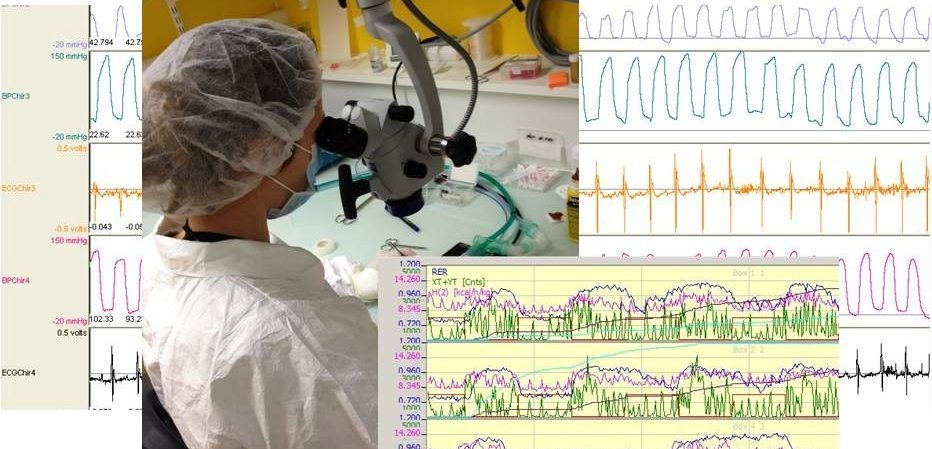
The phenotyping department at Toulouse-Rangueil conducts R&D projects that are:
- in-house – Effects on metabolism due to a change in food, within an animal science facility.
- in collaboration with other functional exploration centers – Inter-center standardization of procedures for metabolic phenotyping in mice.
- in collaboration with user teams – Longitudinal monitoring by telemetry of intraventricular pressure in mice.
ENVT site
The ENVT’s Medical Biology & Comparative Histology team develops R&D activities focused on the “Characterization and definition of Normal biological values” via 3 axes:
- Pre-analytical and analytical: the team studies and validates the best-performing pre-analytical and analytical conditions in animal hematology/hemostasis/biochemistry/cytology.
- Reference Intervals (RI): the team characterizes the RI of biological variables in domestic/laboratory animals and works to popularize the RI concept through the creation of software (Reference Value Advisor) and the publication of scientific articles.
- Intra-individual variability: using repeated measurements of the same subject, the team determines the indexes of individuality for different biological variables, allowing for a better diagnostic interpretation and early detection of anomalies in the subject concerned.
